Packages & Tutorials
Engineering Files & Tools
Software
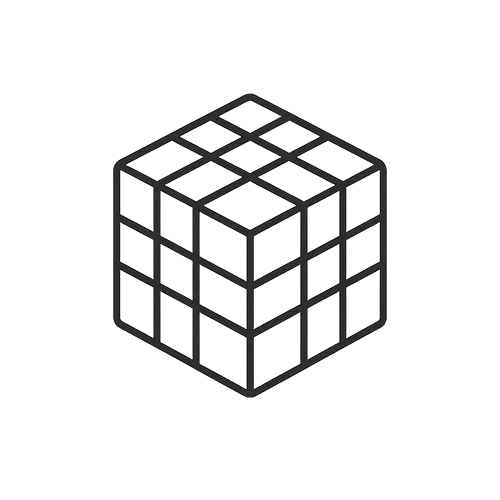
Ready-to-use Models (FEA/CFD)
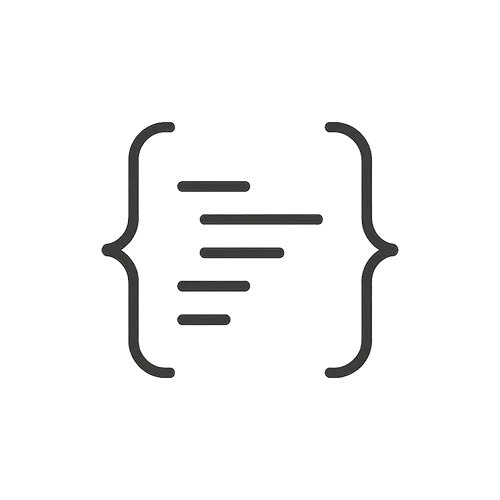
Excel Sheets & Hand Calculations
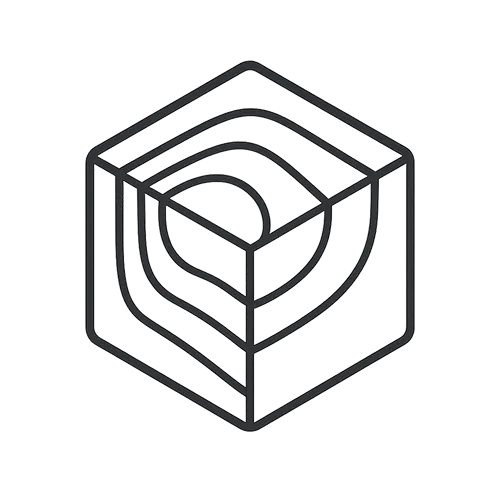



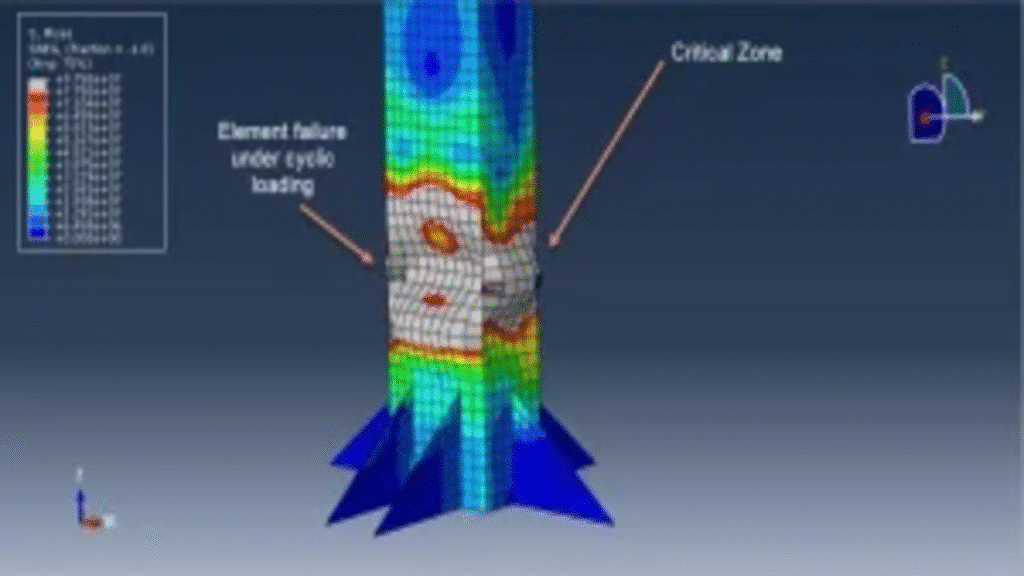
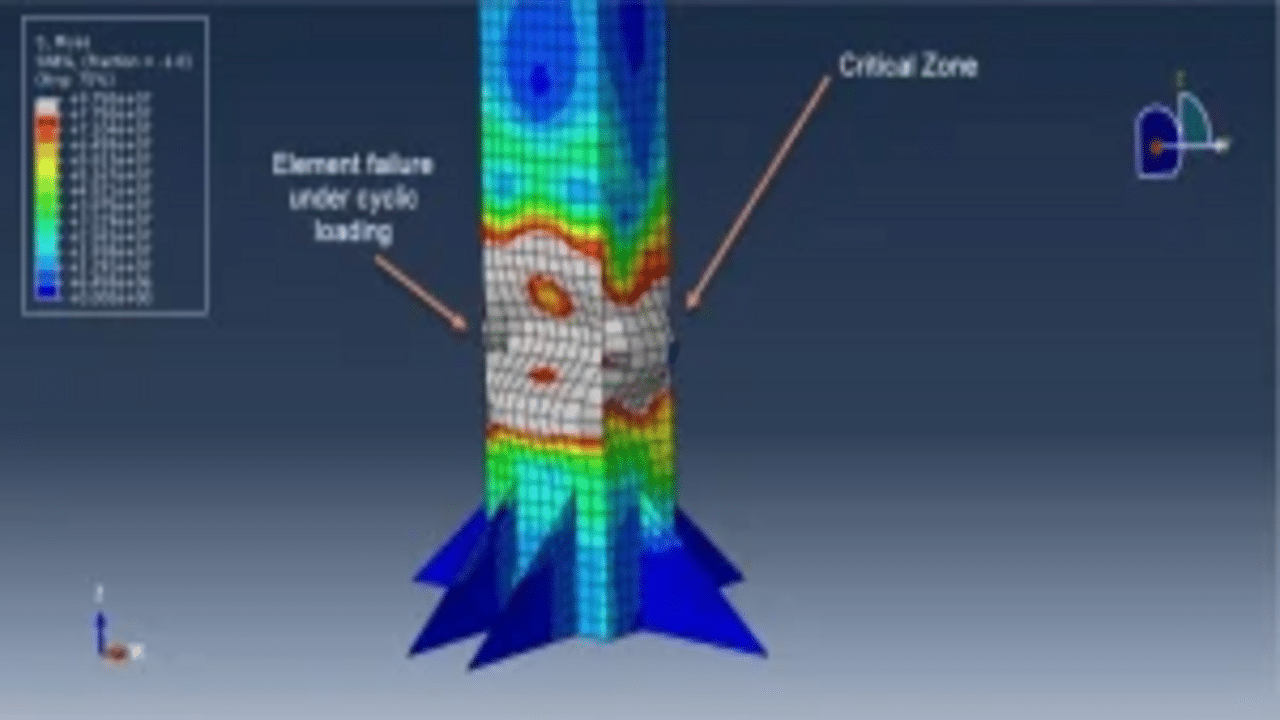
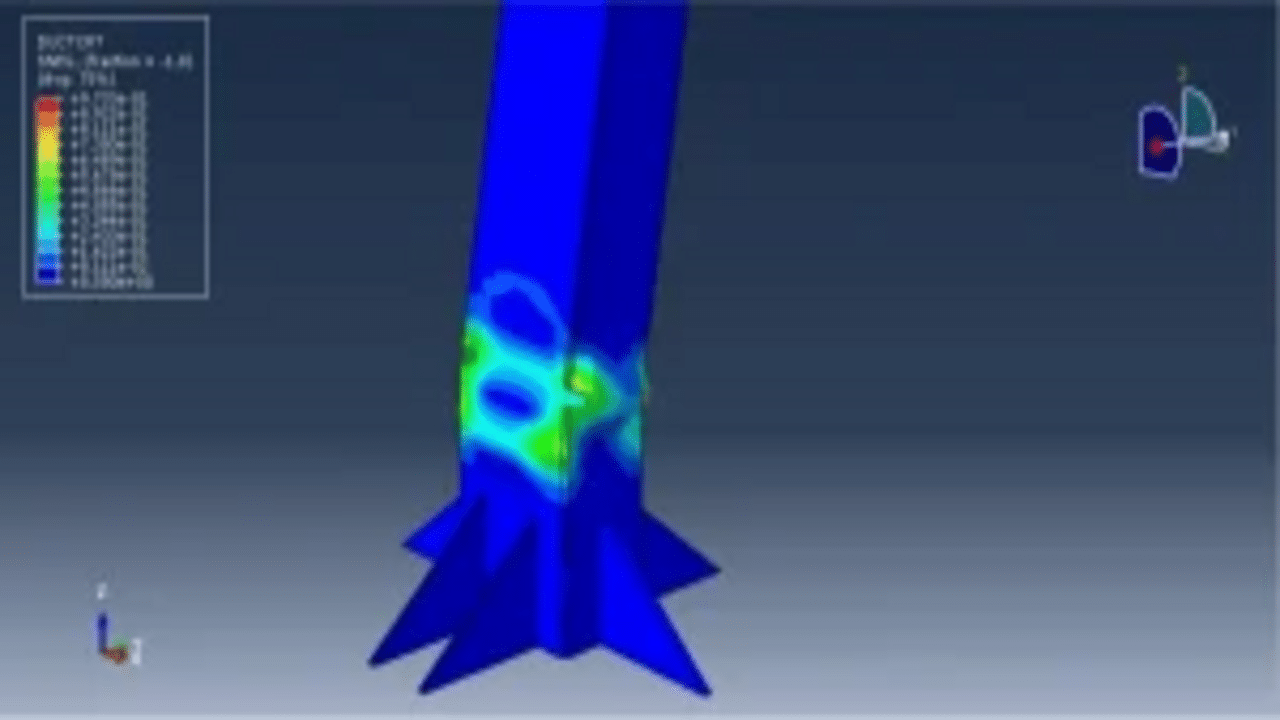
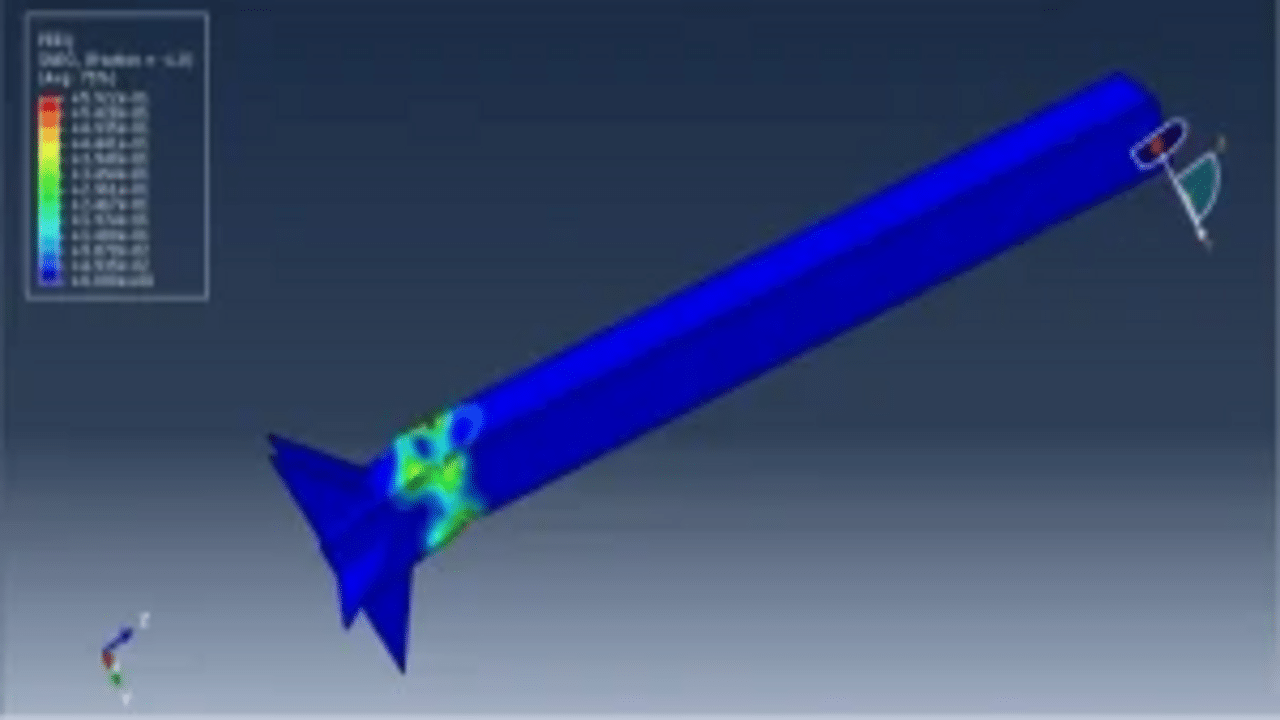
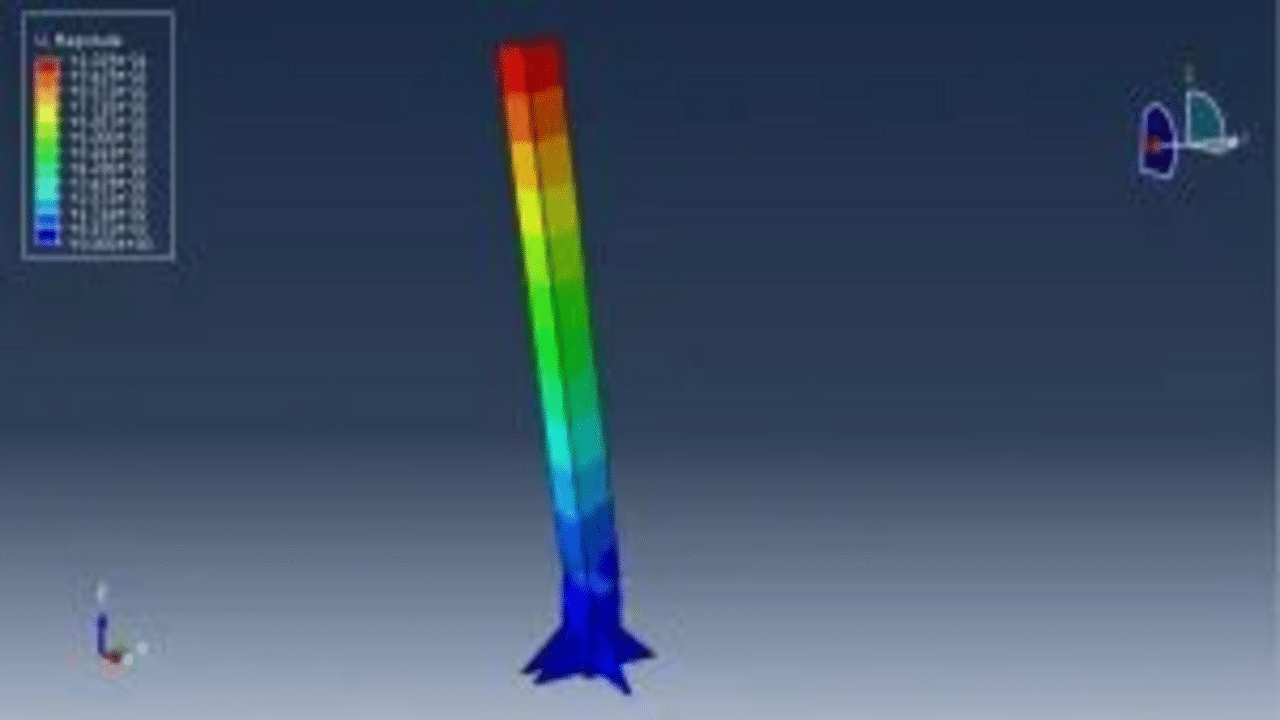
Product Overview:
In this tutorial, we explore the simulation of cyclic loading on a steel column with stiffeners using Abaqus, with an emphasis on damage investigation. The box column is modeled as a three-dimensional shell part, while the stiffeners are represented as planar shell parts.
The stiffeners are strategically placed at the end of the column, functioning as weld zones to reinforce the structure. Their design aims to alter the location of the damage zone from the end of the column to another area. Typically, kinematic or combined plasticity models are employed to capture cyclic behavior due to their variable yield surfaces. However, in this simulation, the primary objective is to identify the damage and failure locations. Therefore, we use isotropic plasticity with a ductile damage criterion, which is effective in predicting damage zones under cyclic loading.
For the simulation, a general static step is utilized. The boundaries at the end of the column and the bottom edges of the stiffeners are assumed to be weld zones, for which fixed boundary conditions are applied. A cyclic loading protocol defines the load amplitude, ensuring a realistic simulation of cyclic conditions.
The accuracy of the results is significantly influenced by the mesh quality, and a refined mesh approach is recommended. The results indicate that the failure location or damage zone shifts from the end of the column to the upper region due to the reinforcing effects of the stiffeners. Comprehensive results, including stress, strain, and damage data, are obtainable from the simulation.


Dynamic
€1,00 €0,00
See more

Want to receive push notifications for all major on-site activities?